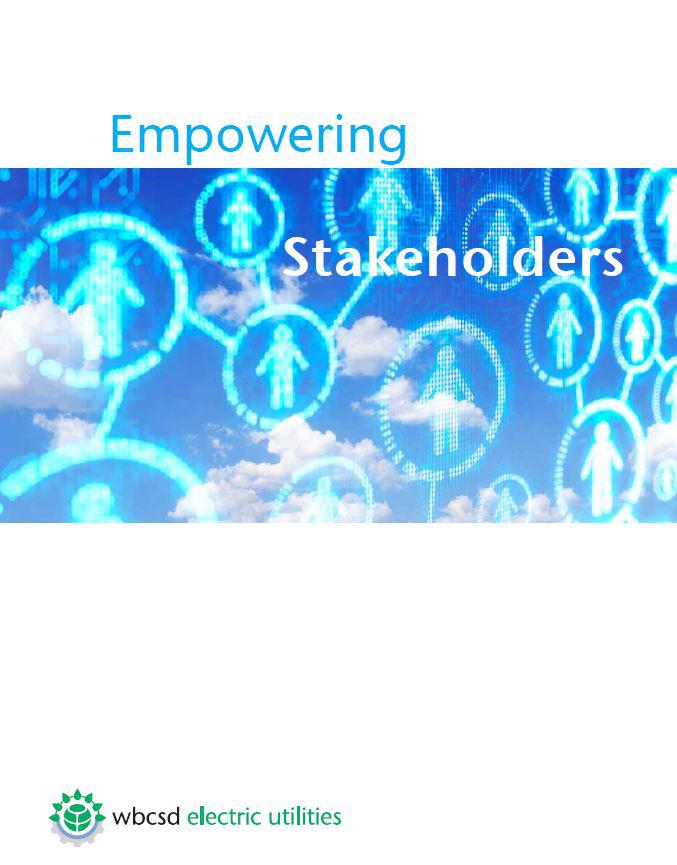
Meeting our energy demands until 2035 will call for a U.S.$ 38-trillion investment in infrastructure, according to the latest IEA World Energy Outlook. This investment is linked to growing awareness worldwide that development means insuring all sectors of society have access to modern and sustainable energy services. It is championed by the UN Secretary-General’s “Sustainable Energy for All” initiative, which seeks to double the global rate of improvement in efficiency and the sharing of renewable energy.
This investment will affect both private- and public-sector electricity providers. They will need more generation, transmission and efficiency projects to meet the growing demand for electricity. Increasing need is accompanied by a mounting desire by consumers and other stakeholders to have a voice in determining how, when and where such investments are made. The crucial role of Stakeholder Engagement (SE) was also reaffirmed in “The future we want”, the outcome document of the Rio+20 summit, which encourages active stakeholder participation “in processes that contribute to decision-making, planning and implementation of policies and programmes for sustainable development”.
Power companies are realizing that engaging with stakeholders - sometimes with competing interests - is essential for the success of any project. While sometimes it might be very difficult to overcome the lack of trust by some stakeholders, an honest relationship, begun at the inception of an investment, is the best way to gauge its acceptance and avoid major hurdles once the project is under way.
Vast literature is available on SE drivers and practices, including many initiatives from the private sector. The electricity utilities project of the World Business Council for Sustainable Development (WBCSD), along with its 10 world-leading companies, has developed this document to share lessons learned from our experience in different countries and circumstances.
In the past, SE has often been a reactive practice by companies linked to specific project development and in some cases these have failed due to a lack of appropriate engagement. Nowadays, SE has grown to a higher level of sophistication and is more integrated in the company strategy. Through advocacy activities companies need to work with communities and the public to find balanced sustainable solutions. The purpose of this document is not to highlight groundbreaking practices but rather to provide a simple framework to improve SE activities across the sector.
To develop this document we collected data through a survey which gathered evidence on the project members’ stakeholder engagement activities and tried to find a common language between very different contexts and different cultures. The survey was complemented with a literature review of the guidelines and standards addressing SE, which helped identify what are the success factors and key principles when engaging with the public1. Our conclusion is that, in general, there are five principles that are key for meaningful and successful engagement with stakeholders in the development of our activities. They are: transparency, responsiveness, inclusiveness,materiality and measurement (Fig. 1). Applying these principles varies according to cultural and national circumstances of course, but they create a continuous process where the five principles are linked in different ways. We hope that by sharing best practices in the sector we can convince others of the long- term societal and business benefits of proper investment in public engagement processes.

